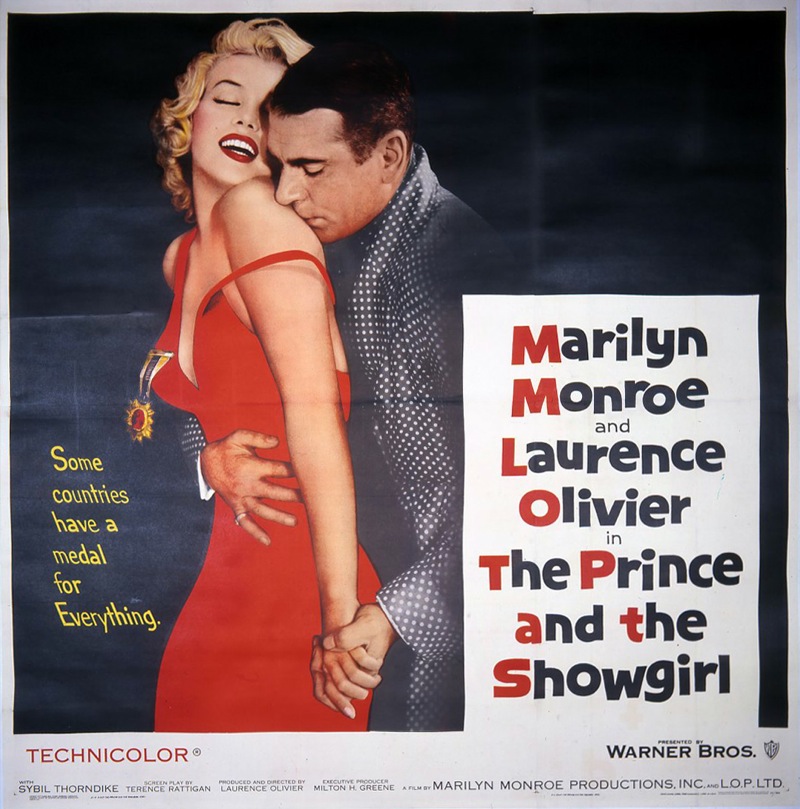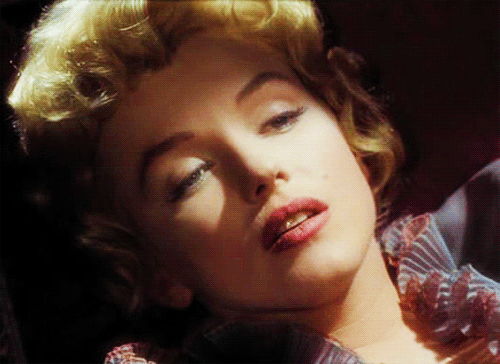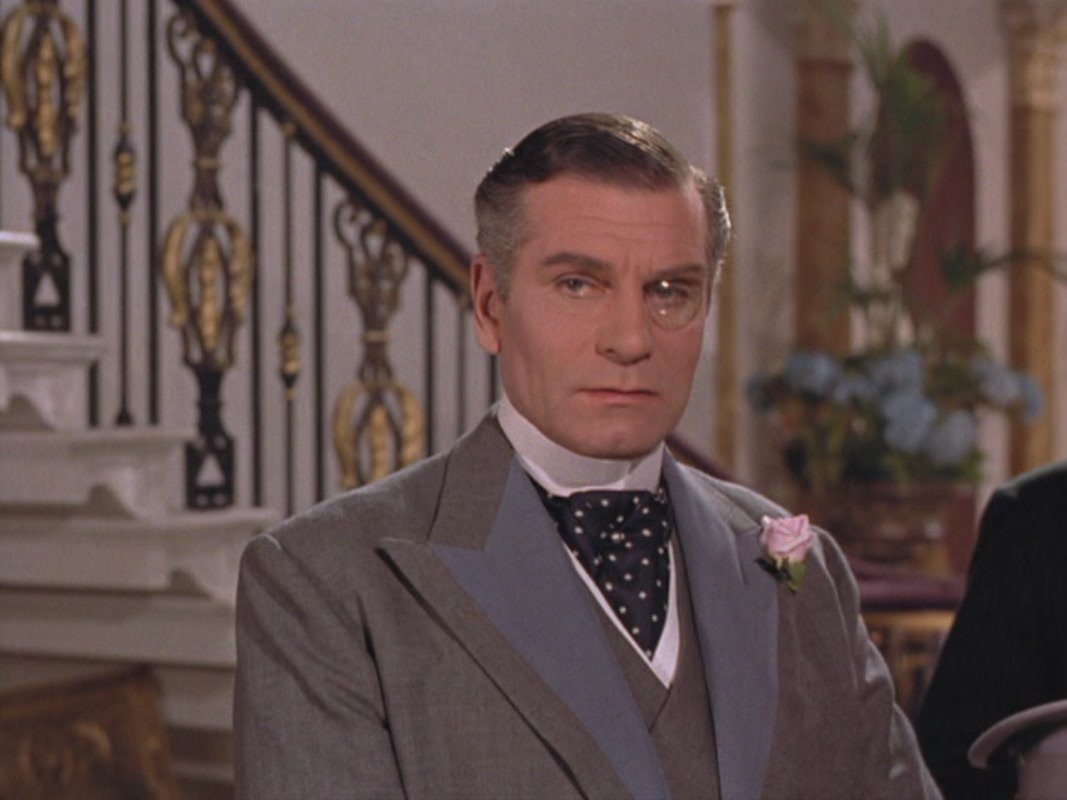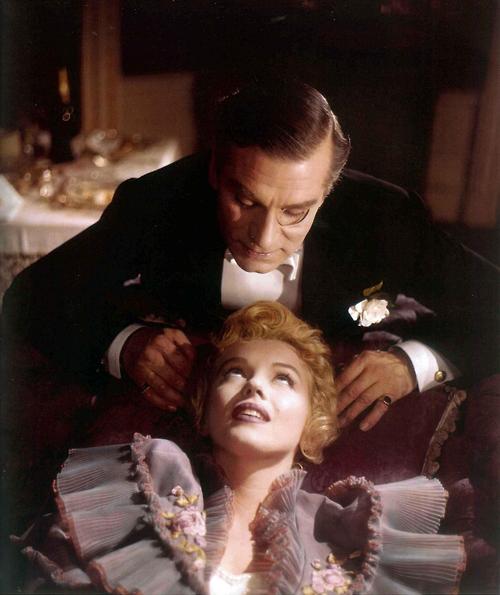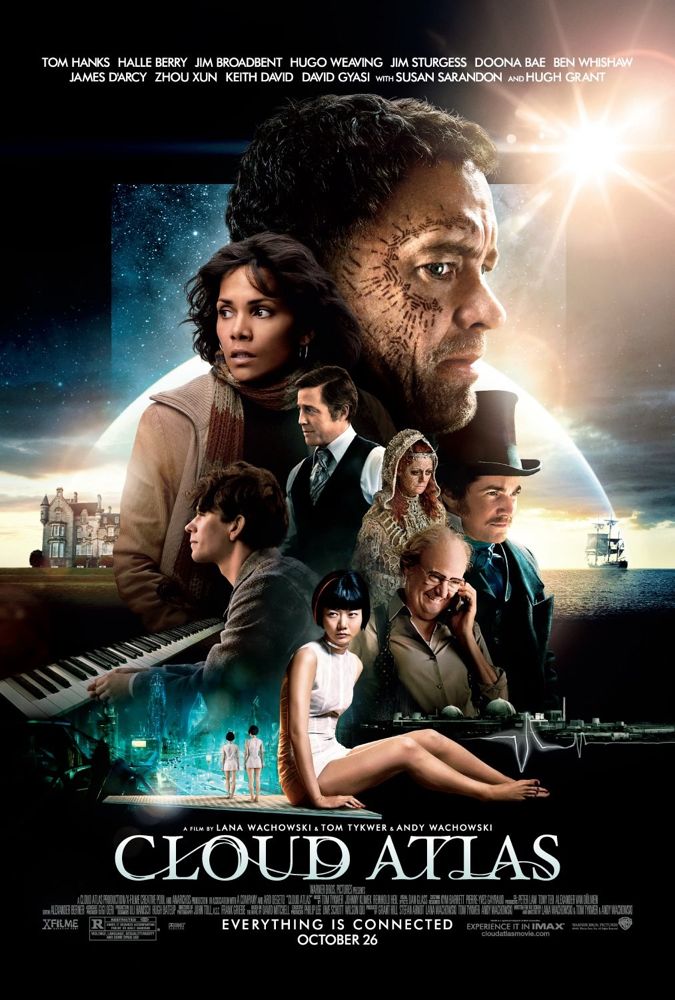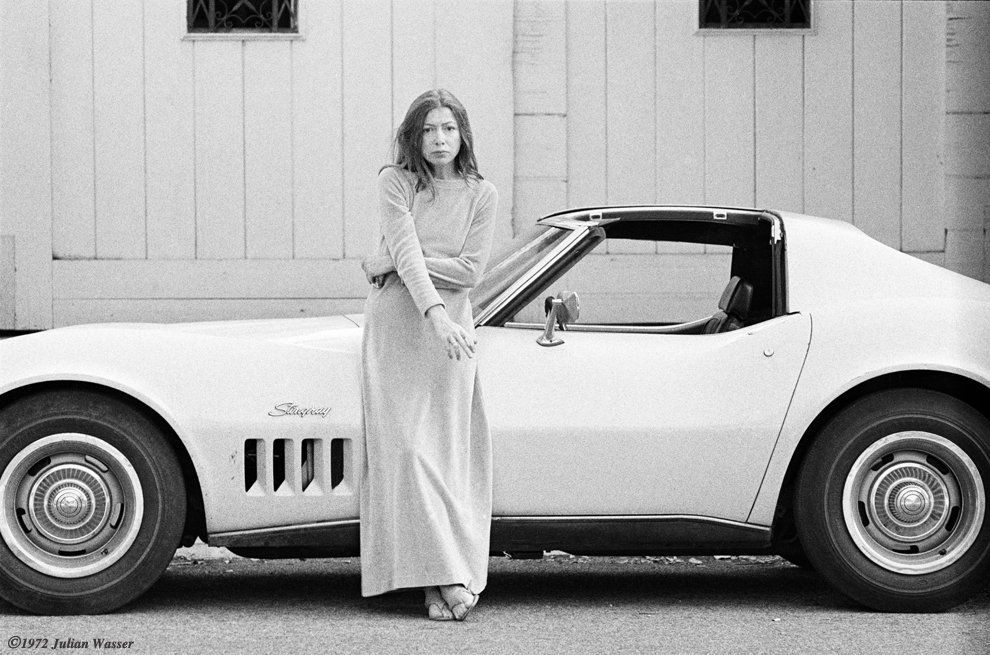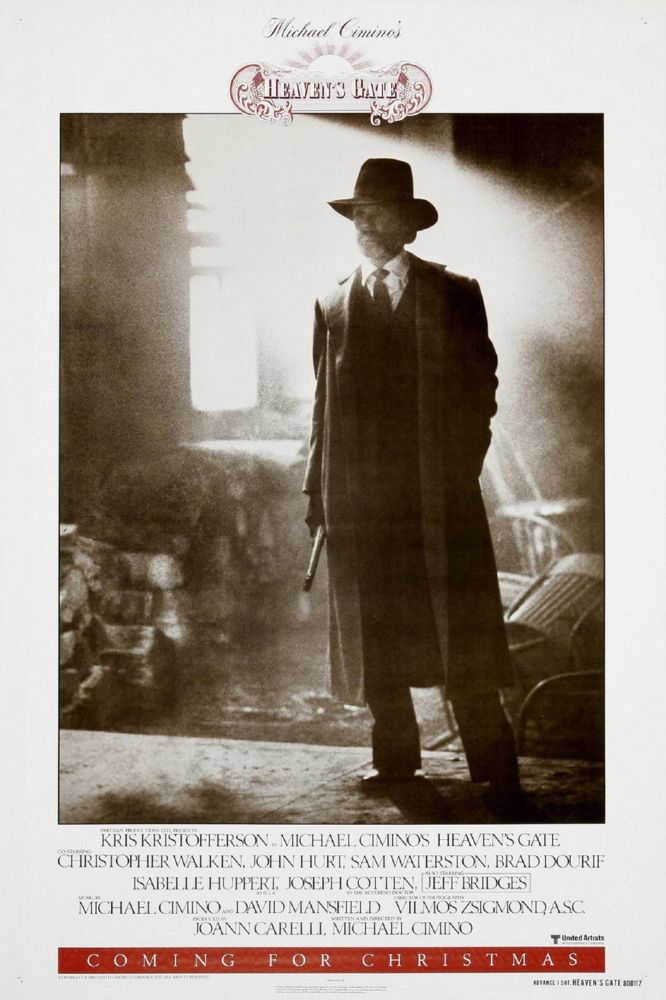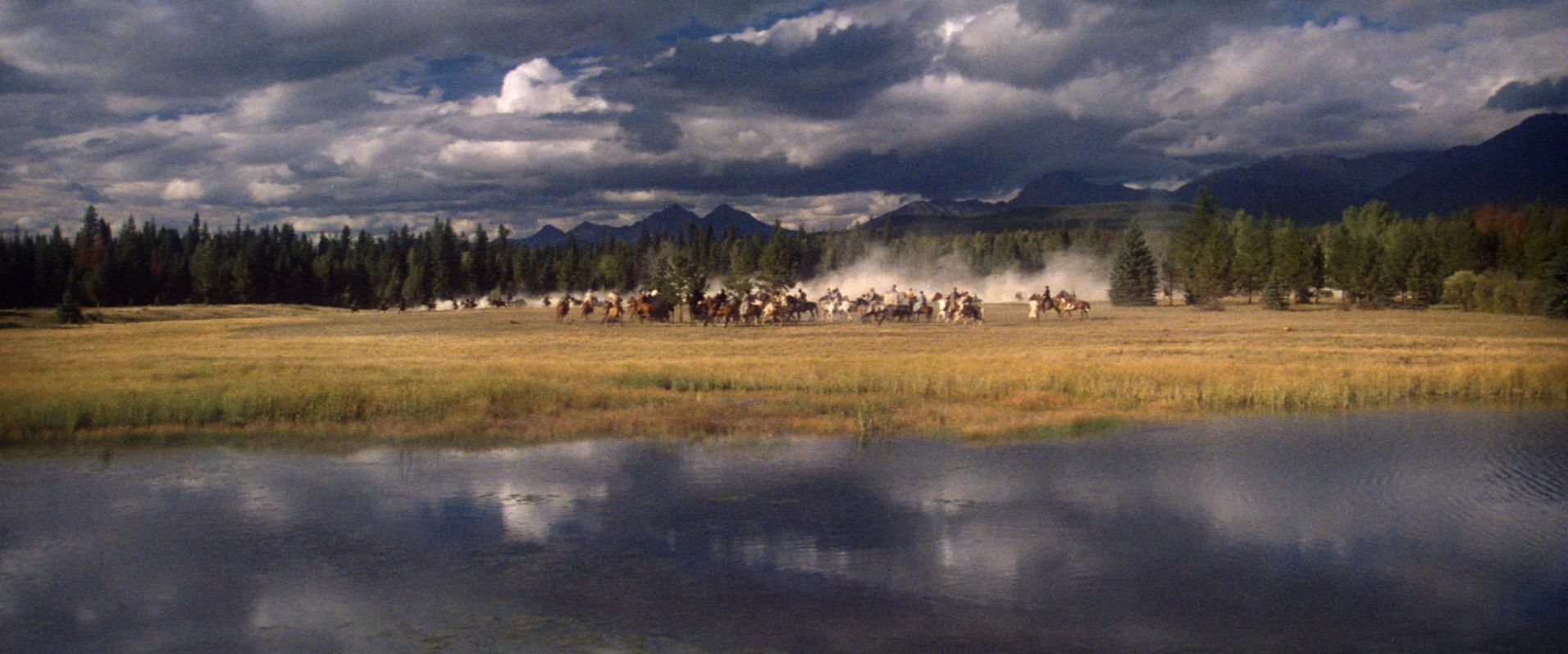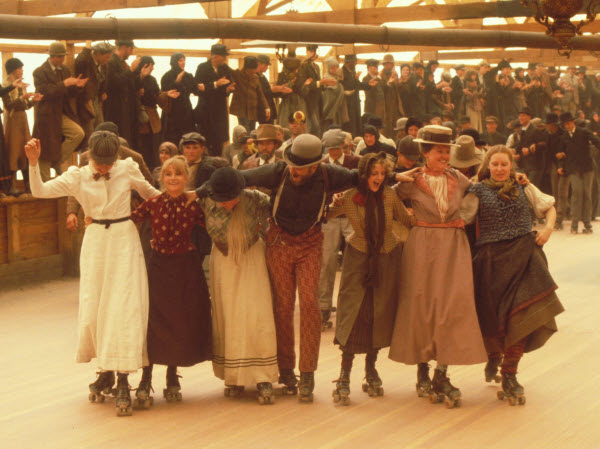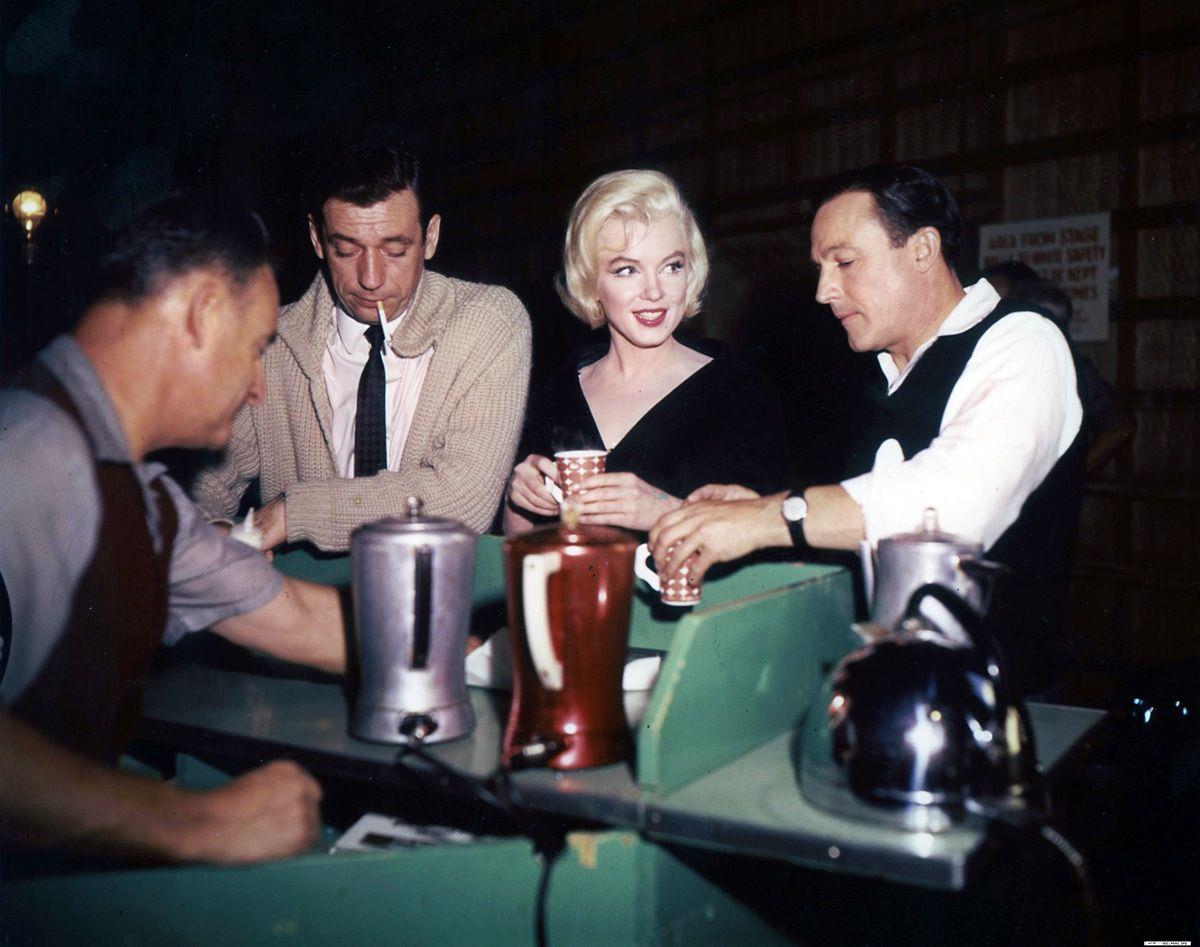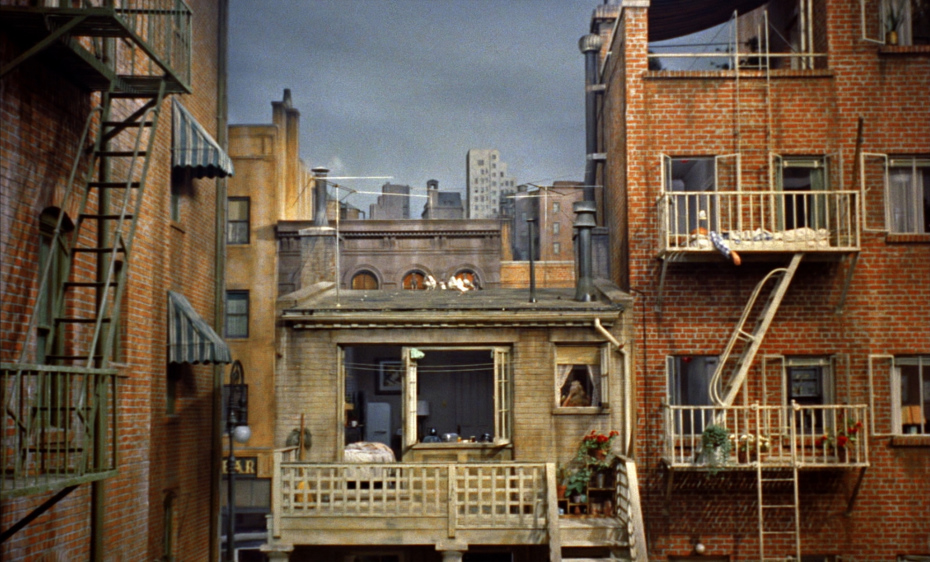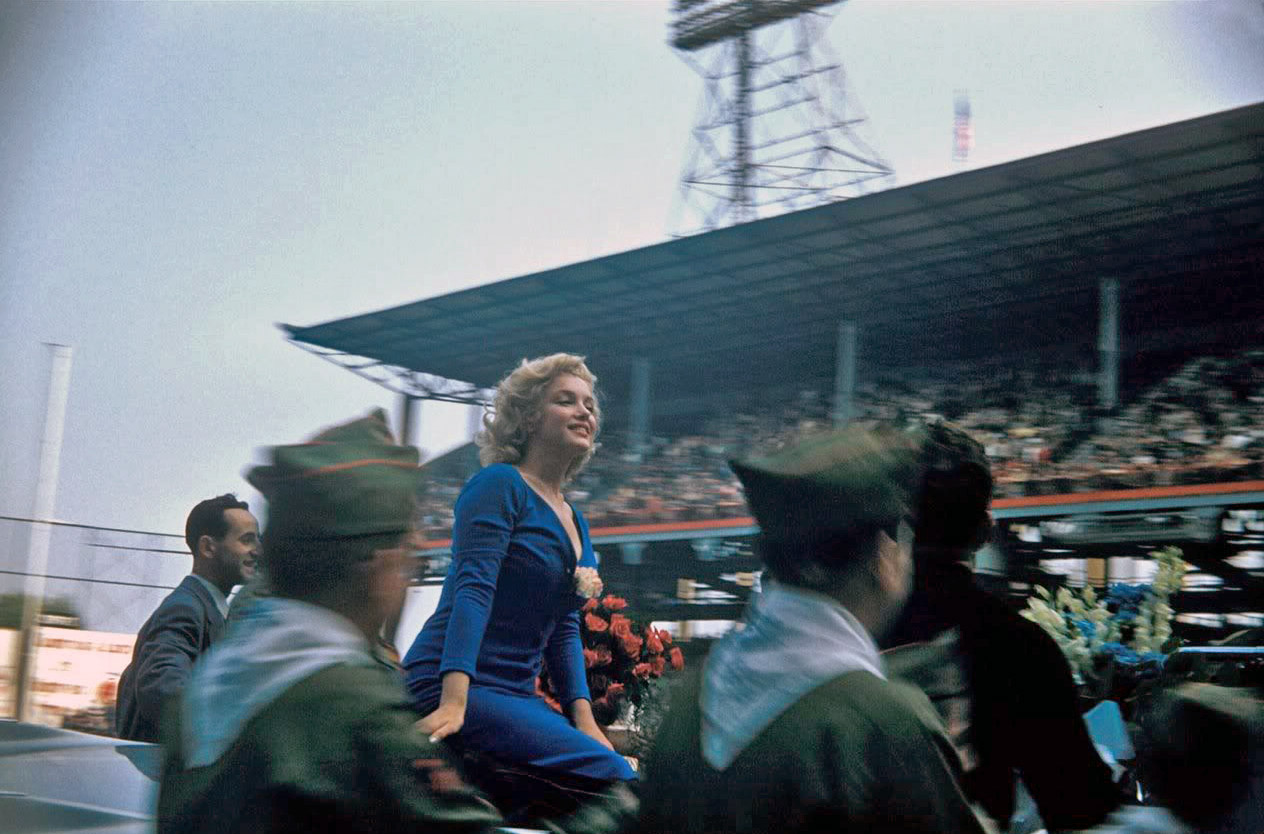Laurence Olivier directed and starred in this tale of a Hungarian prince who visits London in 1911 to attend the coronation of George V. There he falls in love with an American showgirl played by Marilyn Monroe.
The prince is a bit of a cold fish, but in the scheme of Terrence Rattigan’s modestly charming stage play, which he adapted for the screen, Olivier’s character is meant to be softened and humanized by the down-to-earth spirit and wit of the American girl.
In fact, Olivier is so mannered and stiff throughout that his cold fish of a character begins to rot before our eyes, stinking up the whole production and ruining the story. Olivier hated working with Monroe, despising her for her lack of “professionalism” and even remarking churlishly on her poor personal hygiene.
In fact, Monore was giving him a master class in playing comedy for the camera, which he didn’t have the intelligence or humility to comprehend. The result is that she blows him off the screen, and is the only reason to watch the film today. Aside from her brilliant work, and some good turns by a few of the supporting players, the film is inert and embarrassing, with a performance by Olivier that is disgraceful, both professionally and artistically.

